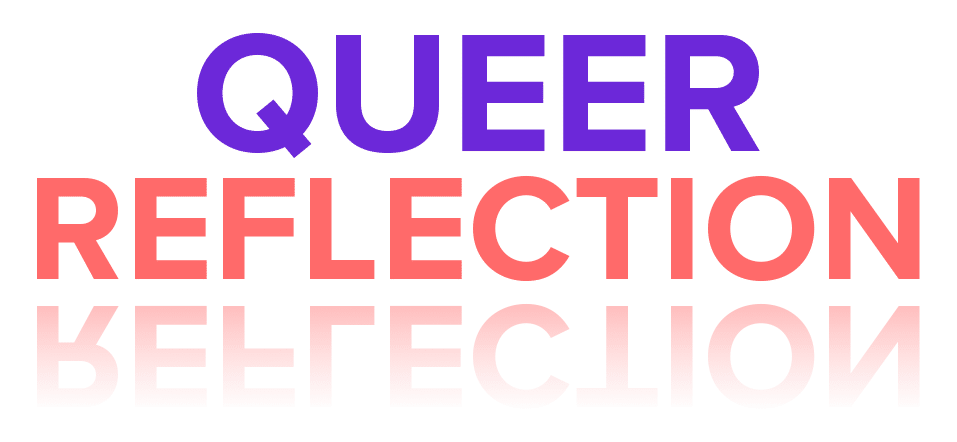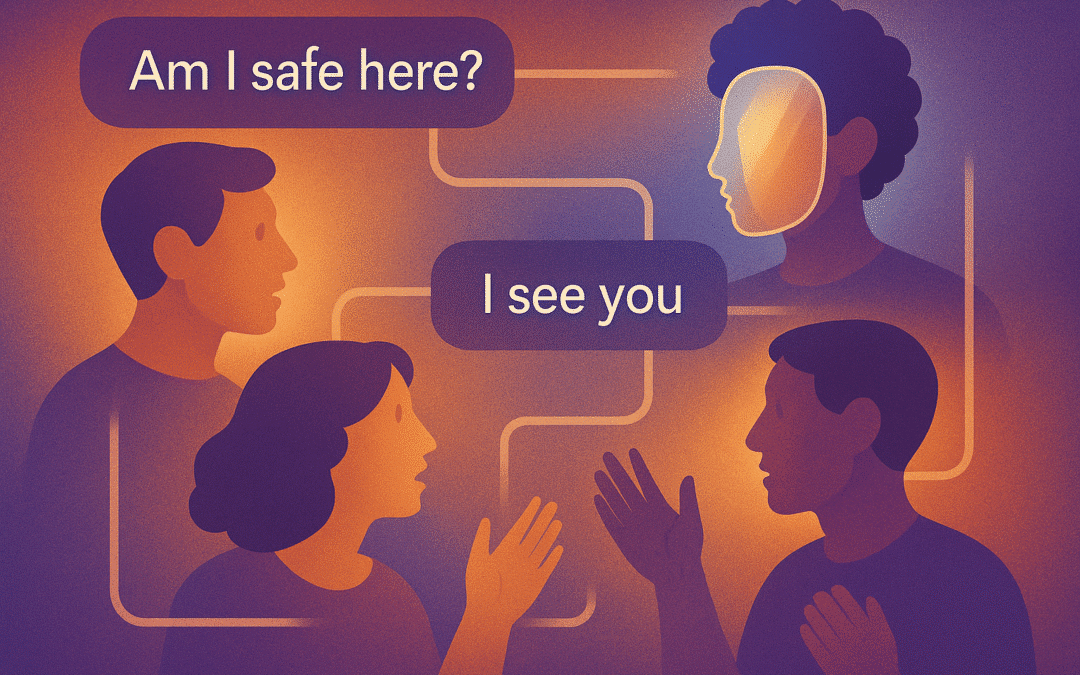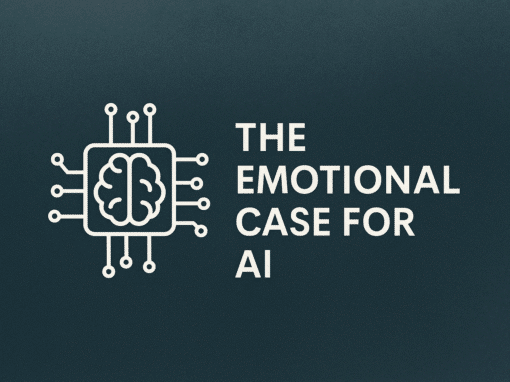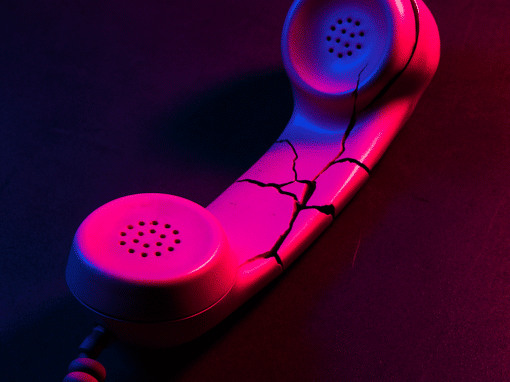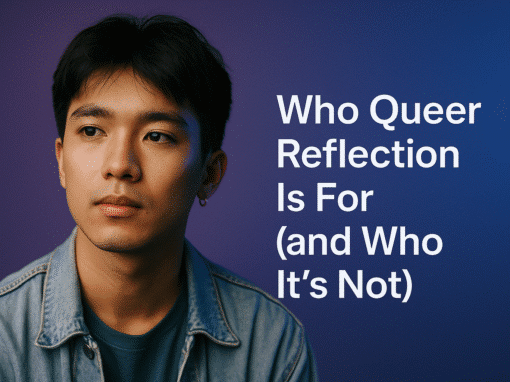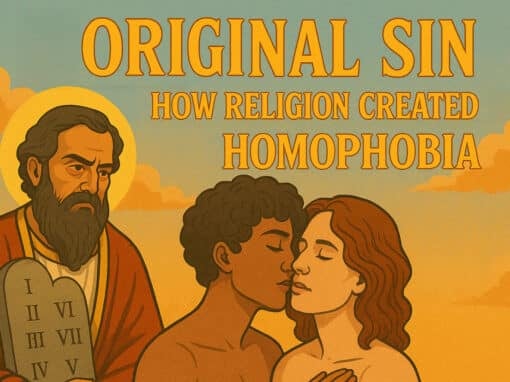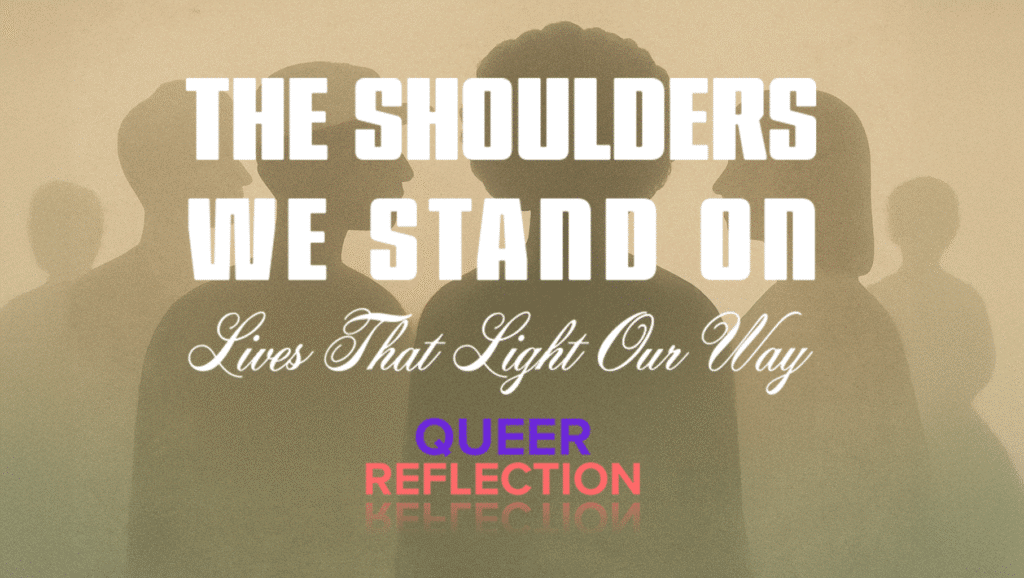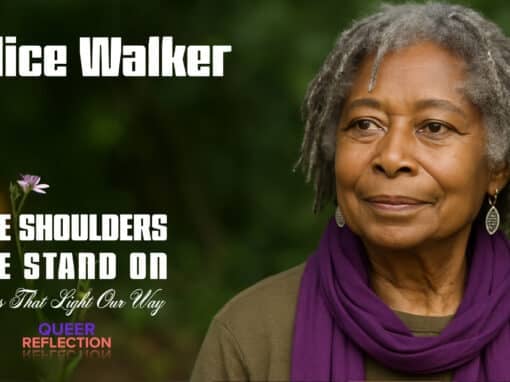Empathy isn’t just a feeling—it’s a practice.
At
Queer Reflection, we believe empathy can be engineered through emotionally intelligent design, immersive storytelling, and deep listening. That’s why we’re excited to introduce the
Queer Reflection Empathy Map—a new tool to help you center real queer experiences in your work, whether you’re building an app, writing a script, leading a classroom, or just trying to better understand the world around you.
You can
download the worksheet here.
🧠 What Is an Empathy Map?
An empathy map is a simple but transformative framework that helps you see the world through someone else’s eyes. Originally used in UX and service design, we’ve reimagined the format to reflect the
emotional nuance and identity depth of queer experience.
This isn’t about personas or demographics.
It’s about
what they say,
what they think,
what they do, and most importantly—
what they feel.
🌈 Why a Queer-Centric Version?
Most empathy tools are written with corporate users in mind. They tend to flatten identity, remove conflict, and avoid emotional risk.
Queer Reflection flips that model.
Our empathy map asks:
- What does coming out sound like at a dinner table?
- What does silence feel like when someone is misgendered?
- What happens when curiosity meets fear—or love meets resistance?
This tool was born from our work on
The Dinner Table, the first interactive QR Encounter where players step into the shoes of a nonbinary teen navigating family dynamics. But its usefulness extends far beyond that.
✨ Who Should Use This?
This map is for:
- Writers & storytellers seeking deeper emotional authenticity in queer characters
- Therapists & educators wanting to create more inclusive, reflective environments
- Activists & organizers grounding campaigns in lived truths, not just talking points
- Designers, UX researchers, developers building human-centered systems
- You, if you’re simply trying to understand someone different than you
If your work touches people, this tool can help you honor their complexity.
🔍 How to Use It
- Choose a person or perspective to map.
This could be a real individual, a character in your story, or a composite persona based on community input.
- Fill in the quadrants:
- SAYS: What do they voice? What do they long to say?
- THINKS: Internal fears, dreams, narratives.
- DOES: Behavioral patterns—what they do when they feel seen or erased.
- FEELS: Emotions that shape how they show up in the world.
- Identify core needs and pain points in the center.
What’s at stake emotionally for this person?
- Use insights to guide your design, story, program, or conversation.
Tie every detail back to something actionable or intentional.
You can print it, use it as a team prompt, or digitize it for ongoing use. We recommend integrating it into workshops, writing sessions, user research, DEI training, and community conversations.
📎 Bonus: Turn Maps into Stories
One powerful trick: once your empathy map is complete, use it to write a short first-person monologue or scene. Let your person speak. This helps translate insight into
emotional resonance—a signature of everything we build at QR.
Want to see it in action? Check out how we used this technique in our interactive story,
The Dinner Table.
💌 Share It. Remix It. Reflect With Us.
The QR Empathy Map is free to use, share, and adapt—with attribution. We’d love to see how you’re using it. Tag us on
Instagram or
LinkedIn, or send us a note through our
Contact Page.
Together, we’re not just reflecting queer stories.
We’re building the emotional architecture of a more empathetic world.
Let’s rewire it—one feeling at a time.
🔗 External Resources
